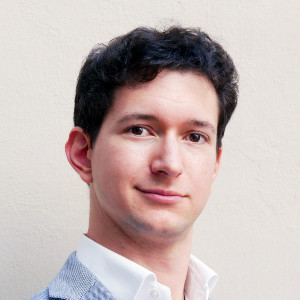I approached the question in two steps: 1) Demand side 2) Supply side
1) Demand
Step 1) Population of Dubai is approximately 3m
Step 2) I divided the population in different age groups, as my assumption was that the people between 20-59 years in Dubai would travel much more frequent by taxi as 0-19 and 60+:
I assumed that 0-19 and 60+ account for 20% --> 600k
Thus, 20-59 accounts for 80% --> 2.4M
(I argued that Dubai is very business driven and thus has a higher focus on the middle age groups; I assumed the other groups to be both 10% --> looked it up, it seems to be more like 19% (0-19) and 2% (60+))
Step 3) Precentage of taxi users per day (assuming no own car, other vehicle, need present):
For 0-19 and 60+: 2% --> 12,000
For 20-59: 15% --> 360,000
Step 4) Rides per user
For the 0-19 and 60+: 1 ride --> 12,000
For 20-59: 1.25 --> 450,000 (assumed that one out of 4 people would take a taxi twice a day)
+ Foreign business travel: Here I assumed a need of 10% rougly --> c. 40,000
Total: approximately: 500,000
Step 5) Day/ night rides:
Day (8-20h) I said it accounts for 2/3 of rides --> 333,000 and then I assumed a peak hour that is 1.5x what a uniform distribution (27,800) of rides would be --> c. 42,000 rides
Night (20-8h): 166,000 rides distributed uniformly --> 13,800 rides
2) Supply
Step 1) I made the assumption that a taxi driver could serve on average 3 rides per hour taking into account longer rides, waiting period, but also short rides
3) Demand + Supply
Day demand (determined by peak hour): 42,000/3 = 14,000
Night demand: 13,800/3 = 4,600
Therefore, I came up with 18,600 taxis operating in Dubai per day (taking into account the day + night shift change)
















